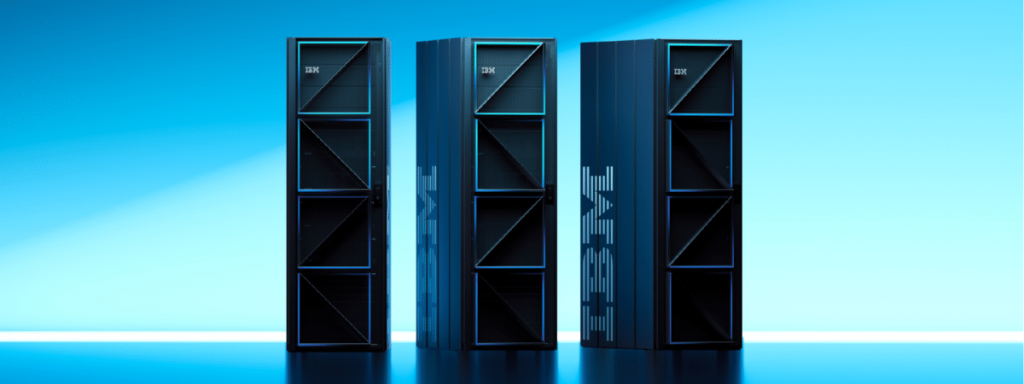Power11 processors: IBM promises 99.999 percent uptime
IBM presents the 11th generation of its Power processors for servers with Linux, AIX or IBM-i. The Power11 also remains an exotic product compared to x86 CPUs from AMD and Intel as well as ARM alternatives: IBM is not aiming for maximum performance, but serves a niche market that demands extremely high reliability, among other things.
With tricks at chip and server level, IBM promises an availability (uptime) of 99.999 percent. It is the “most fail-safe server in the history of the IBM Power Platform”, writes the company in its press release.
Same core configuration with more redundancy
Just like its predecessor Power10, the Power11 has 16 CPU cores with 2 MByte Level 2 cache per core and a total of 128 MByte Level 3 cache. Thanks to eight simultaneous multithreading (SMT), each core can still process eight threads simultaneously (128 in total). The largest Power11 servers E1180 use 16 processors, divided into four systems with four CPU versions each.
In the Power10, IBM deactivated the 16th CPU core to increase the production yield. This meant that processors with exposure defects could be used in one core.
This is no longer necessary in the Power11, although only 15 cores are active ex works. The 16th core only kicks in as a replacement if problems occur in another core. IBM calls this a spare core.
IBM’s specifications for Power11 against its predecessors Power10 and Power9.
(Image: IBM)
More AI
There are improvements in AI skills, among other things. Each CPU core integrates four improved Matrix Math Accelerators (MMAs), which are designed to support various AI algorithms. IBM intends them for the execution of fully trained AI models (inference), such as fraud detection, text extraction, document analysis, domain matching, pattern recognition, prediction, and image/video/audio processing.
For more computing power, Power11 servers support IBM’s own AI computing accelerator Spyre, which was previously only intended for mainframes.
DDIMMs for up to 64 TByte RAM
The biggest leap for Power11 processors is in memory. They can handle IBM’s self-developed DDIMMs, which achieve a higher capacity than typical RDIMMs. They are also designed to increase uptime with additional memory chips and voltage converters in the event of defects. The largest E1180 server comes with 256 x 256 GByte for a total of 64 TByte DDR5 RAM. In principle, the Power11 CPUs can also handle DDR4 bars, but this only works under strict product policy requirements for Power10 upgrades.
The connection between RAM and CPU is made via the Open Memory Interface (OMI). The standard has largely been discontinued as the Compute Express Link (CXL) is gaining acceptance in data centers.
The largest DDIMMs with 256 GB of memory for IBM’s Power11 systems.
(Image: IBM)
Again with 7-nanometer technology
IBM is sticking with a 7 nm production process from Samsung’s manufacturing division, albeit in an improved version compared to the Power10 CPUs. In a comparison table, the company states that a Power11 chip is 654 mm² in size and contains around 30 billion transistors.
This means that a Power11 processor would be significantly more densely packed than a Power10 with 18 billion transistors on 602 mm². Elsewhere, IBM gives the same key figures for both generations; we have asked for clarification,
For the first time, IBM wants to offer high-end, mid-range and entry servers as well as Power Virtual Servers in its cloud right at the start of a new Power generation. These include the server models E1180, E1150, S1124 and S1122. Delivery is scheduled to begin at the end of July.
(mma)
Don’t miss any news – follow us on
Facebook,
LinkedIn or
Mastodon.
This article was originally published in
German.
It was translated with technical assistance and editorially reviewed before publication.
Dieser Link ist leider nicht mehr gültig.
Links zu verschenkten Artikeln werden ungültig,
wenn diese älter als 7 Tage sind oder zu oft aufgerufen wurden.
Sie benötigen ein heise+ Paket, um diesen Artikel zu lesen. Jetzt eine Woche unverbindlich testen – ohne Verpflichtung!

